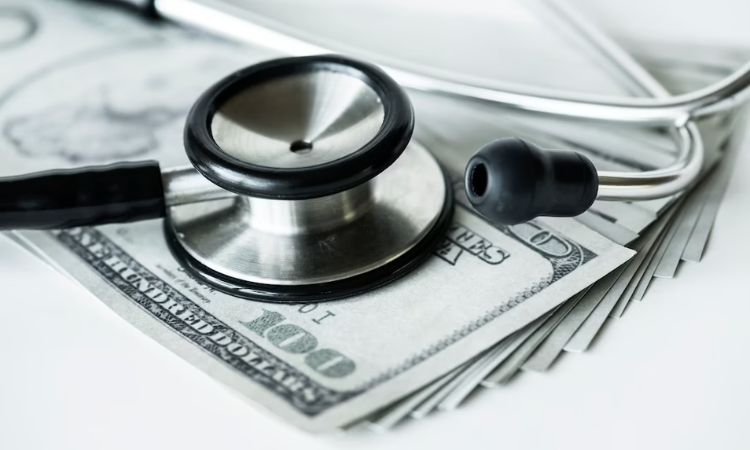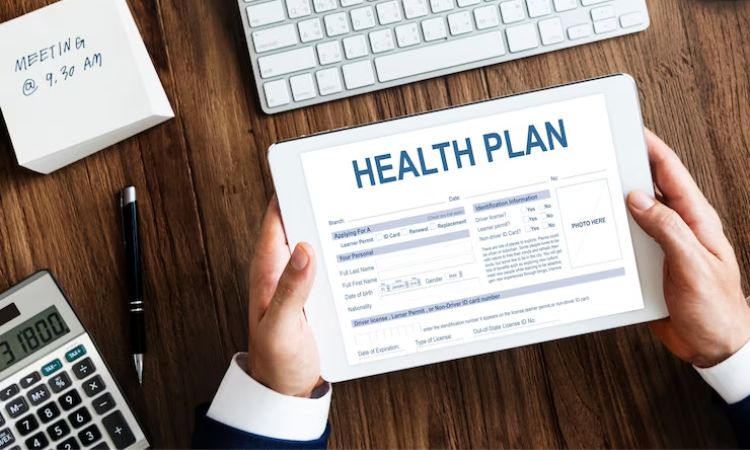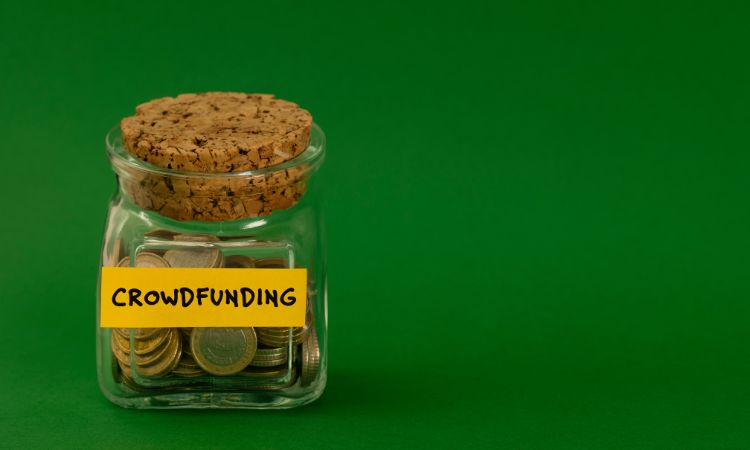None of us wants to fall sick. We take every precaution to enjoy the best of health. Yet, there’re times when we fall sick, either with common ailments or even major and sometimes chronic diseases or life-threatening conditions.
Obviously, we will rush to a doctor or hospital for medical treatment. In some cases, we might go to a hospital and in extreme cases, an EMS ambulance would have to take us to the nearest medical facility when our life is in danger for any medical reasons or after an accident.
Understandably, we didn’t expect any of these situations. Yet, they occur. And when they occur, medical treatment brings along large medical bills too. By any yardstick, medical treatment of any type isn’t cheap in the USA.
While your health insurance could cover some part of these medical bills, the others could become a debt. Unless you pay that debt, it could harass your life in the form of recoveries on unpaid dues or litigations at court or even a bad credit score.
As a matter of fact, most Americans cough up lots of money as out-of-pocket expenses towards medical treatment every year.
Out of Pocket Medical Expenses

If you think that it’s easy to manage out-of-pocket medical expenses, you’re mistaken. By the end of 2020, Americans together had spent more than $400 billion as out-of-pocket expenses on medical treatment. Obviously, this is a very large amount. Maybe, you could be among such Americans paying out-of-pocket medical expenses.
However, there’re countless others that can’t pay. Studies by various organizations prove that Americans have medical debt ranging between $250 to $10,000 per household. Among these, some 23 per cent owe less than $5,000 as medical debt, while only three per cent have a medical debt of $10,000 or higher.
These figures should prove how serious medical debt can get. It also shows that unless you get out of medical debt, you could have another major problem on hand.
How to Get Rid of Medical Debt
Since medical debt can be crippling in some cases, here’re some ways that would definitely work to try and get out. You could use one or more of these ways to get out of medical debt, depending on your needs.
1. Check Your Health Plan

Before you go for medical treatment, it’s better to know what your health insurance plan covers and what it doesn’t cover. This can include everything from the type of sickness to pre and post-operative care, types of hospitalization and down-up to medication.
As I mention earlier, some 41 per cent of Americans have medical debt. That’s because they have health insurance that doesn’t really cover all the costs. In most cases, they hadn’t planned for out of pocket expenses.
Therefore, when medical bills come up, the insurance provider will pay only what is due or even lesser and leave you to cough up the balance to the hospital.
2. Check the Price

A lot of experts advise us to check the costs or prices of treatment before signing up. That’s because hospitals have two or, sometimes, more price tags. One is their ticket price or what they claim to charge. In most cases, a hospital will try to charge the ticket price since it is higher. Then, they also have another special charge, specifically for insurance companies.
If you’re unsure how much the treatment would cost, check with a few hospitals in your area. But above all, bargain. Every hospital is in a position to slice off a few hundred or even a few thousand Dollars off your medical bills if you agree before. Unfortunately, once the treatment, such as surgery, is done, you’re obliged to pay whatever amount they ask.
3. Ask Your Insurer

Generally, your medical plan issuer or insurer would know the best place to get medical treatment. That’s because they have tie-ups with various hospitals to honour their medical insurance plans. That way, you could find the best place where your healthcare provider doesn’t pile you with bills that can cost you peace of mind and land you in debt.
Additionally, you can also check whether the medical insurance provider has any specific places they recommend. They would surely be in a position to guide you on the best places for treatment at affordable costs.
That’s because insurers also want to avoid places that charge very high to patients. In any case, your health insurance or medical insurance provider can prove to be an ideal resource to keep you out of medical debt or get you out from one, if possible.
4. Never Use a Credit Card

Paying your medical debt on a credit card can actually land you in a bigger financial mess. That’s because credit cards come with a heavy Annual Purchase rate. While you have the option of paying the minimum due amount each month, you’ll actually be getting deeper into the debt trap. All unpaid dues also attract APR, which goes on compounding every billing cycle.
If you have no options, look for specific medical treatment credit cards. A lot of these types of credit cards are specially made to keep you out of medical debt. They come with long-term and short-term repayment terms and zero APR for periods ranging from three months to 24 months. These can be found in hospitals and doctors.
5. Seek Help

Most hospitals have helpdesks that can guide you to various charities and other such organizations that could provide full or even partial payment of your medical dues. If you find that the cost of your medical treatment or that for someone in your family would be hard to manage, the first thing to do is approach such organizations.
Depending upon your financial condition, income and other factors, a charity may decide to pay part or the full amount of your medical bills. This can take off some burden of the debt from you. Here, it’s worth remembering that charities also operate by certain rules. Therefore, they’re free to accept your request for financial help or even reject it
6. Seek Crowdfunding

A lot of medical treatments nowadays get crowdfunding. That means you create a crowdfunding resource, and people will contribute some amount of money for your medical treatment. You might not be able to raise the full amount of money. Yet, whatever little you raise can lower your financial burden considerably.
You have two options for crowdfunding. The first is to go through a crowdfunding platform and fill up their forms. If your request for crowdfunding is accepted, the campaign goes live, and you can get the money in two or three weeks. The other is by launching own crowdfunding campaign on Facebook. Your friends, social media contacts and organizations you follow can contribute.
In Conclusion
It is always better to seek help or understand that you might get into medical debt. Once that’s done, it’s easier to look for ways and means to avoid medical debt. There’re six different ways to get out of medical debt. The best one, of course, is to avoid getting into medical debt. But when that’s not possible, try the other methods I have written about.
Samuel Mitchell is a financial analyst with expertise in investment research and risk assessment. With a background in finance and advanced certifications, he delivers accurate and concise financial analysis. Samuel’s writing style is precise and data-driven, providing actionable insights for readers. Explore the world of finance with him and make informed investment decisions.






